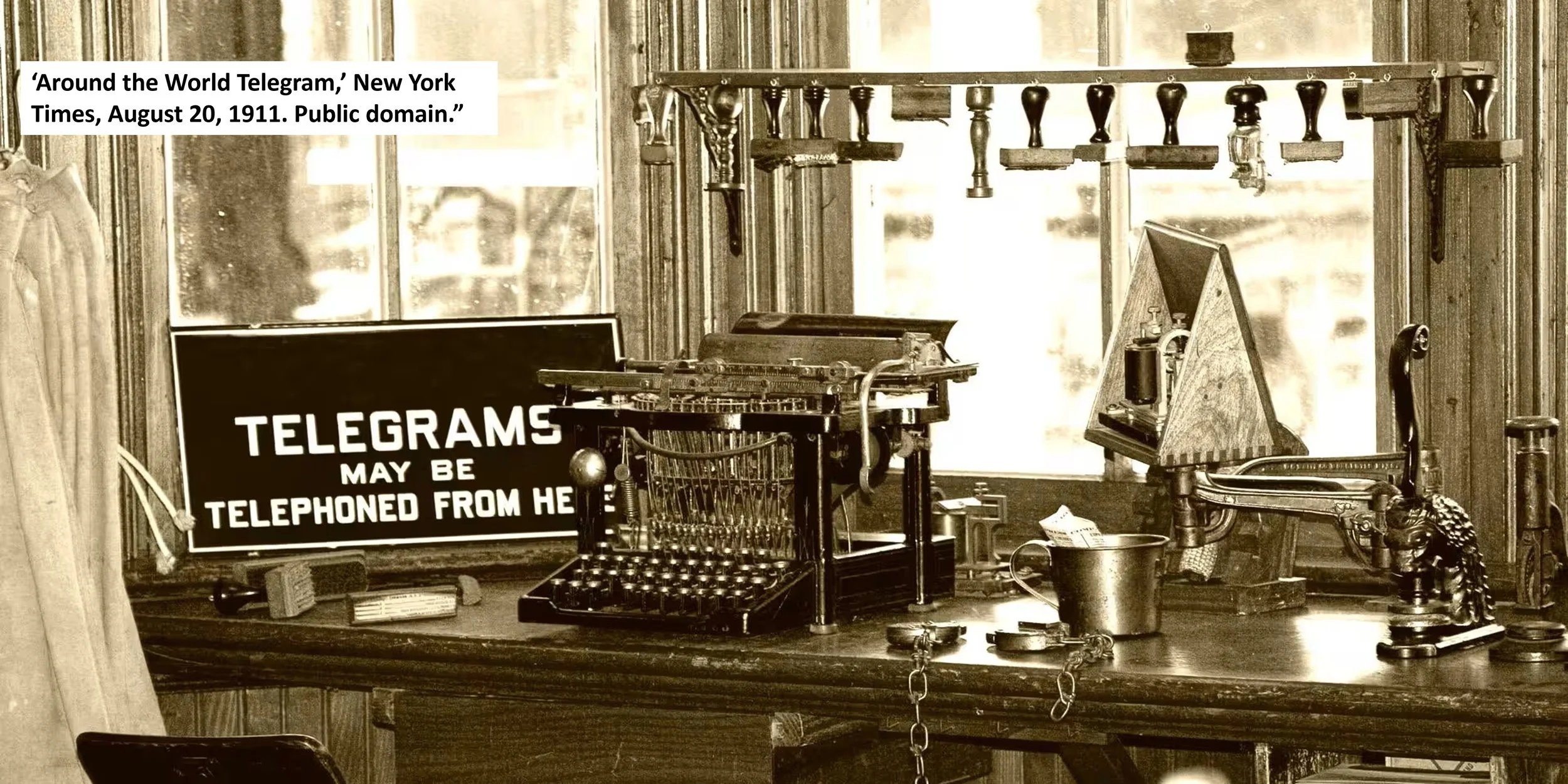Scale of Control
By the early 20th century, Western Union operated more than 20,000 telegraph offices and controlled about 90% of the telegraph lines in the country. It had absorbed or outcompeted most rivals, including the American Telegraph Company, the United States Telegraph Company, and numerous local lines.
Why It Was a Monopoly
Network dominance: Telegraph lines were expensive to build and maintain. Once Western Union strung wires along the main railroads and created a nationwide system, it became almost impossible for competitors to match the reach.
Mergers and acquisitions: Western Union bought out smaller companies, consolidating nearly all independent operations.
Exclusive agreements: They secured contracts with railroads to run telegraph lines along rights-of-way, shutting competitors out of the most efficient routes.
Competition Attempts
There were occasional challengers—such as Postal Telegraph Company—but they remained secondary players. Postal Telegraph survived, but its network was a fraction of Western Union’s and usually charged higher rates.
Awe and Wonder Moment
Imagine walking into almost any town in America in 1905. If you wanted to send a message across the country in minutes, instead of days by train, you would almost certainly step into a Western Union office. That single company became the nervous system of America’s communication network, transmitting millions of messages each year. In many ways, it was the “internet provider” of its day.
